Overview
The Cheetah (Acinonyx jubatus) is a large feline known best for its extraordinary speed and agility. Often referred to as the fastest land animal, the cheetah can accelerate from 0 to 60 miles per hour in just a few seconds. This speed, combined with its ability to make rapid changes in direction, makes it a formidable hunter on the vast plains of its African habitat.
Cheetahs are recognized for their slender, aerodynamically efficient body structure and unique facial markings known as "tear marks" that run from the corners of their eyes to the sides of their mouth. These majestic creatures also possess a beautiful coat covered in small, black spots, which provides excellent camouflage while hunting in the tall grasses of their native environment.
Unfortunately, the cheetah faces numerous challenges in the wild, including habitat loss, conflicts with humans, poaching, and a high infant mortality rate. Currently listed as vulnerable by the International Union for Conservation of Nature (IUCN), concerted efforts are being made to protect and conserve this incredible species and its habitat.
Physical Description
Cheetahs are noticeably different from other big cats in their physique, possessing a slender body and a small head that emphasizes their aerodynamic build. This body structure, along with a flexible spine and long legs, allows them to reach the astonishing speeds they are known for. Cheetahs weigh between 75-150 pounds (34-68 kg) and can measure 45-53 inches (115-135 cm) in length, excluding the tail, which can add 24-32 inches (60-80 cm).
Cheetahs have a distinctive "tear mark" pattern running from the inner corner of their eyes to the sides of their mouth. This pattern is believed to help protect against the sun's glare and focus their attention on their prey during high-speed chases. Their coats are typically a light or golden color covered in small, round, black spots, providing excellent camouflage in the grass and brush of their environment.
-
Lifespan:
Wild: ~12 years || Captivity: ~17 years
-
Weight:
Male & Female: 75 - 150 lbs (34 - 68 kg)
-
Length:
Male & Female: 45 - 53 inches (115 - 135 cm)
-
Height:
Male & Female: 30 inches (76 cm)
-
Top Speed:
60-70 mph (96-112 km/h)
-
Characteristic:
Altricial, Ambush Predator, Carnivore, Cursorial, Diurnal, Fast Animals, Nomadic, Not a Migrant, Polygyny, Pursuit predator, Social, Solitary, Spotted Animals, Starts with C, Terrestrial, Territorial, Viviparous
Native Habitat:
Cheetahs are primarily found in sub-Saharan Africa, where they inhabit various environments, including grasslands, savannas, dense vegetation, and mountainous terrain. They are particularly associated with wide-open plains, which suit their high-speed hunting strategy. Cheetahs are mostly solitary animals, with males typically living in small groups consisting of siblings from the same litter and females living either in solitude or with their offspring.
Unfortunately, their habitat has been greatly reduced due to human activities such as agricultural expansion, making habitat loss one of the greatest threats to cheetah populations.
-
Climate Zones:
-
Biomes:
-
WWF Biomes:
-
Biogeographical Realms:
-
Continents:
-
Countries:
-
Diet:
Diet & Feeding Habits:
Cheetahs are carnivores, with their diet mainly consisting of small to medium-sized ungulates, particularly impala, springbok, and gazelles. Their high-speed hunting strategy relies on getting as close as possible to their prey before launching a high-speed chase. Despite their speed, cheetah hunts only have a success rate of around 50%.
Unlike other big cats, cheetahs do not have the strength to haul their food up into trees to protect it from other predators. After making a kill, they need to eat quickly to avoid scavengers such as hyenas and lions, which can easily overpower them and steal their meal. Cheetahs hunt primarily during the day to avoid competition with more powerful nocturnal predators like lions and hyenas.
-
Mating Behavior:
Mating Description:
Cheetahs have a polygynous mating system, where a male may mate with multiple females. There is no specific mating season for cheetahs, and females can breed any time of the year. Females enter estrus or heat several times yearly and advertise their readiness to mate with various vocalizations and scent markers.
After a gestation period of approximately 90 to 95 days, the female will give birth to a litter of three to five cubs on average. The cubs are born blind and vulnerable and hidden in a den for their first few weeks. The mother is fiercely protective during this period, moving the den regularly to avoid predator detection.
-
Reproduction Season:
Year-Round
-
Birth Type:
-
Pregnancy Duration:
~90 days
-
Female Name:
Female
-
Male Name:
Male
-
Baby Name:
Cub
-
Conservation Status:
-
Population Trend:
-
Population:
Wild: ~7,000 || Captivity: Unknown, but common in Zoos
Population Description:
Cheetah populations have declined rapidly due to various factors, including habitat loss, human-wildlife conflict, illegal wildlife trade, and a high infant mortality rate. With fewer than 7,100 individuals estimated to remain in the wild, cheetahs are currently classified as vulnerable species by the IUCN.
The Asiatic subspecies is particularly at risk, with fewer than 100 individuals estimated to remain in Iran. This subspecies was once also found throughout the Arabian Peninsula and the Near East but has been driven to the brink of extinction through habitat loss and hunting.
Population Threats:
Habitat loss is the most significant threat facing cheetahs today. As agricultural lands expand, the wide, open spaces that cheetahs favor for their high-speed hunting are becoming increasingly scarce. In addition, this habitat fragmentation makes it difficult for cheetahs to find enough prey and mates, leading to inbreeding and further population decline.
Human-wildlife conflict is another major issue. Cheetahs sometimes predate on livestock, leading to retaliatory killings by farmers. Additionally, they are often caught in snares intended for other species. Finally, the illegal pet trade poses a significant threat, particularly for cubs with a high mortality rate during capture and transit.
Conservation Efforts:
Conservation efforts for the cheetah are multifaceted, focusing on both in-situ and ex-situ strategies. Protected areas, like national parks and reserves, provide some sanctuary for cheetahs, but as these cats have large home ranges, many live outside these protected areas.
Many organizations work with local communities to mitigate human-cheetah conflicts, including promoting livestock management practices that reduce cheetah predation. Cheetah-specific conservation organizations also focus on research, education, and rehabilitation of injured or orphaned cheetahs.
Captive breeding programs play a significant role in the conservation of cheetahs, contributing to public education and scientific research, including studies on genetics, biology, and behavior.
Fun Facts
- The cheetah is the fastest land animal, capable of reaching speeds up to 70 mph in short bursts covering distances up to 500 meters.
- Cheetahs use their tail for balance and steering when running at high speed.
- Unlike other big cats, cheetahs cannot roar. Instead, they purr.
- Cheetah cubs have a mantle of long, loose hair that runs down their back, which gives them a mohawk-like appearance. This mantle is thought to mimic the appearance of the fierce honey badger, warding off potential predators.
- Cheetahs have between 2,000 and 3,000 spots, which helps them to camouflage themselves.
- They have a high-speed hunting strategy, using their incredible speed to chase and capture prey.
- The cheetah's 'tear marks' help to reflect the sun's glare and enable them to focus better on their prey.
- Their acceleration is even more impressive than their top speed – they can go from 0 to 60 mph in just a few seconds.
- Cheetahs have a unique, semi-retractable claw (almost like that of a dog) compared to other cats. It gives them a good grip on the ground while running at a high speed.
- Female cheetahs are solitary animals whose home ranges can be vast, covering hundreds of square miles.








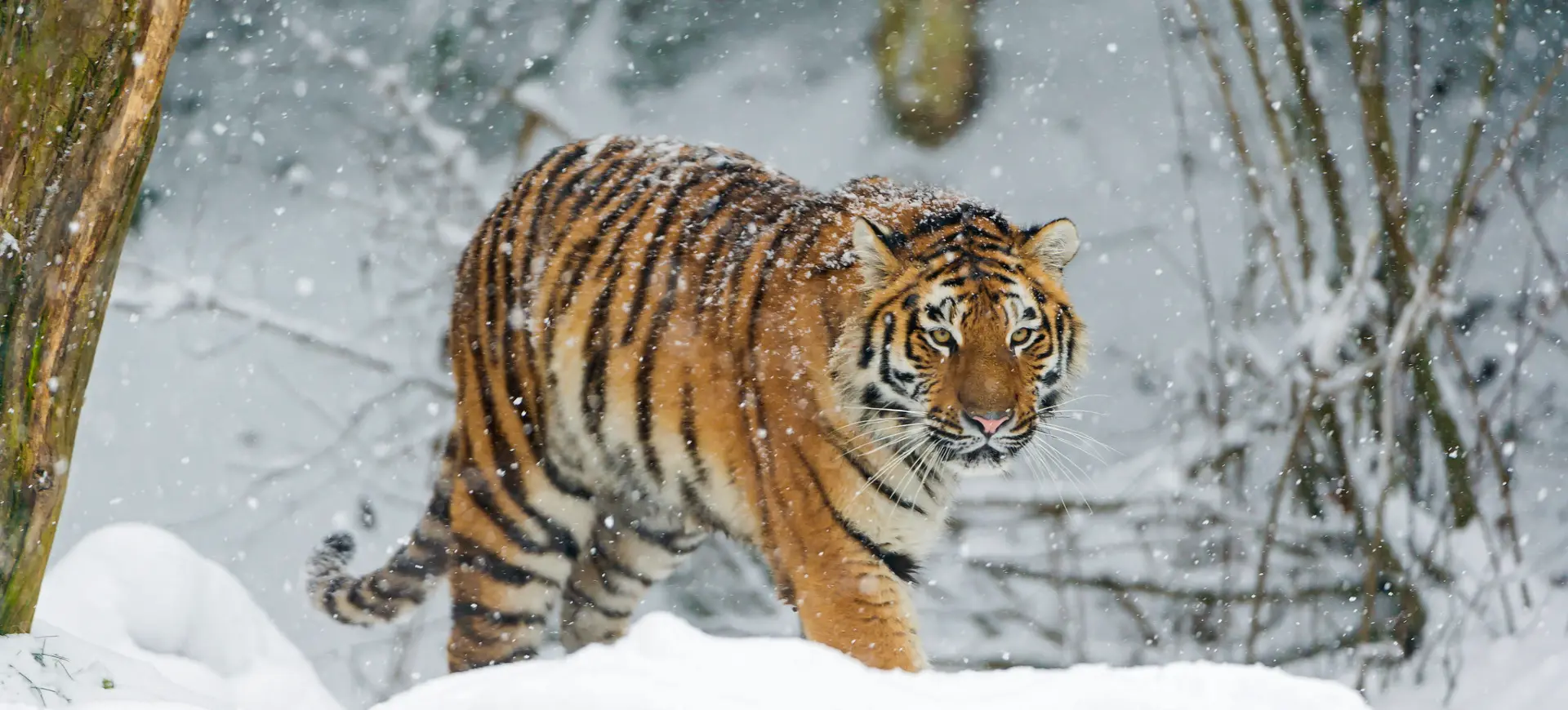
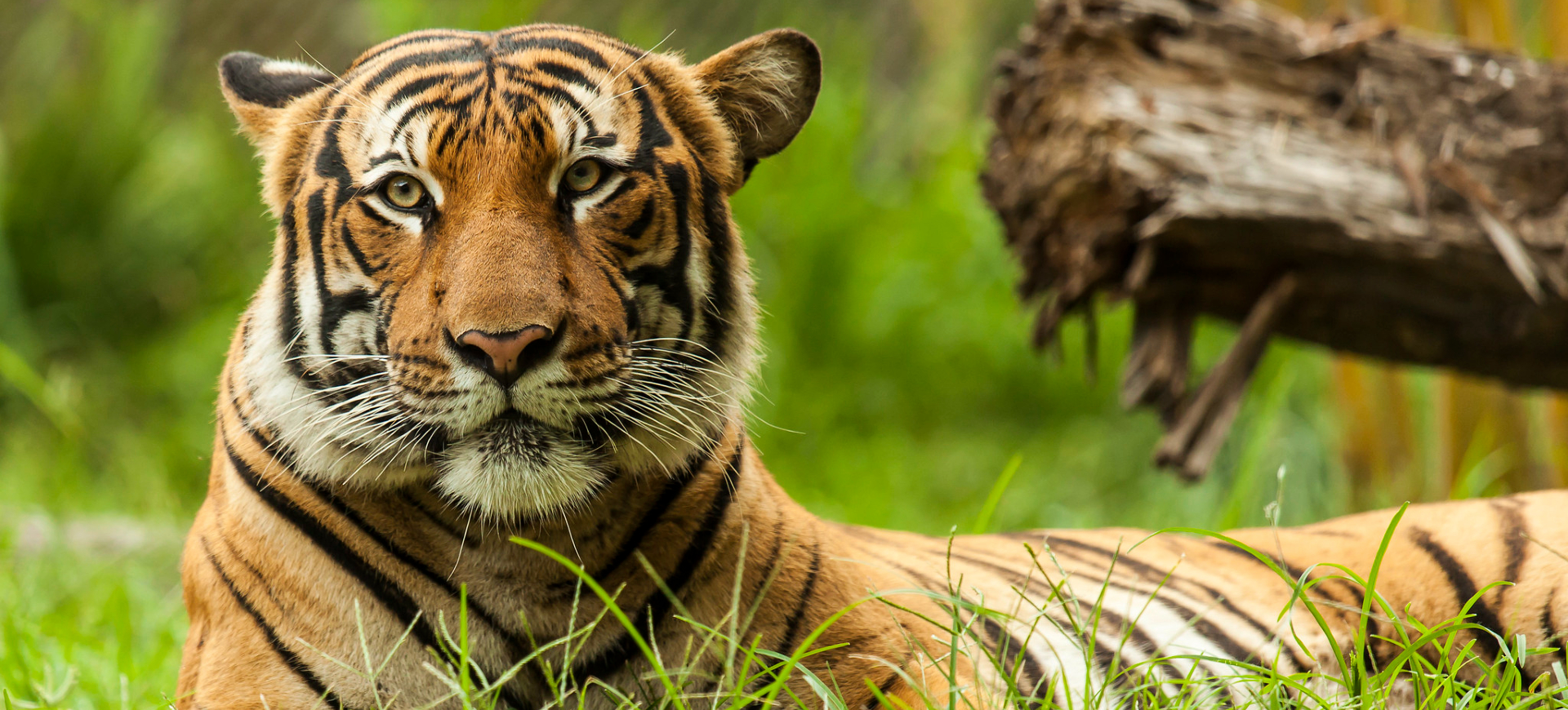

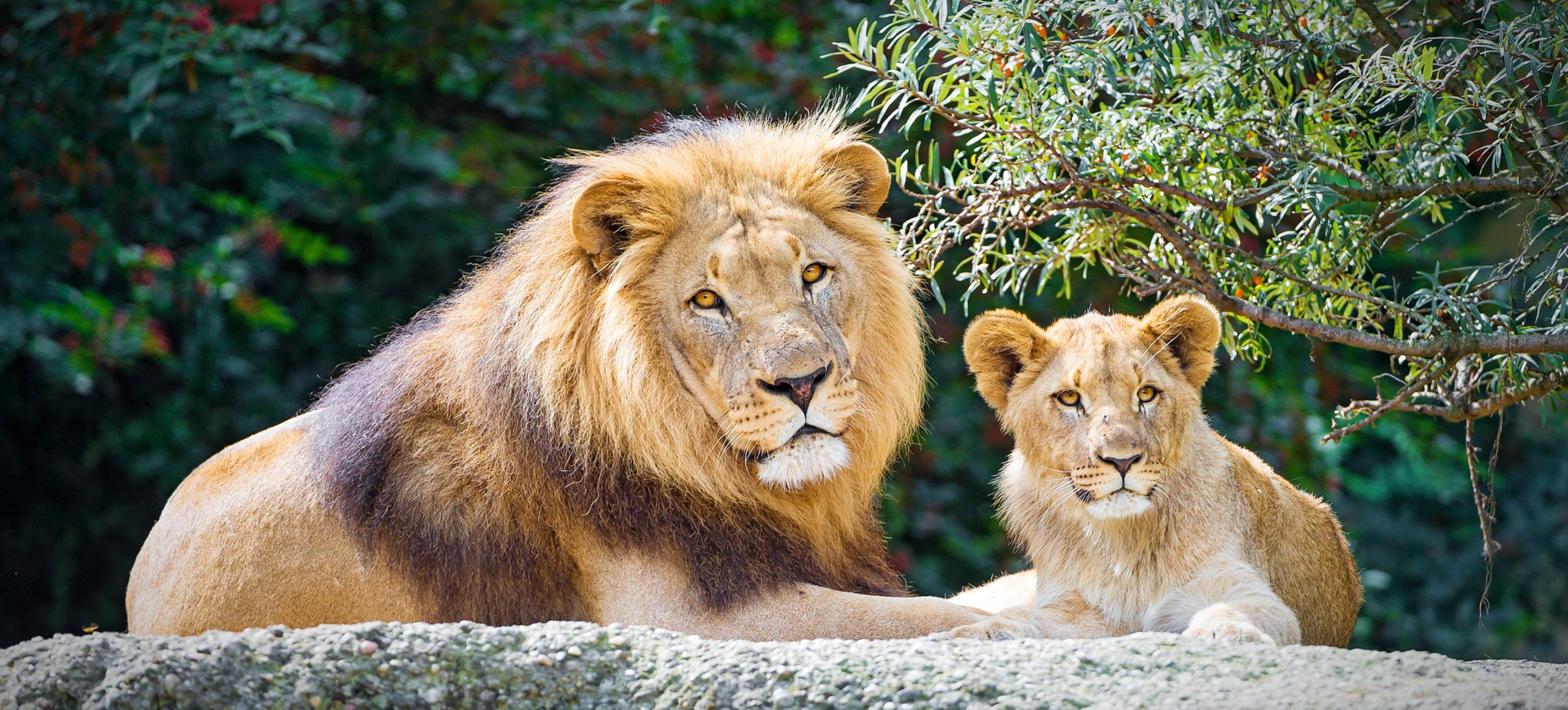
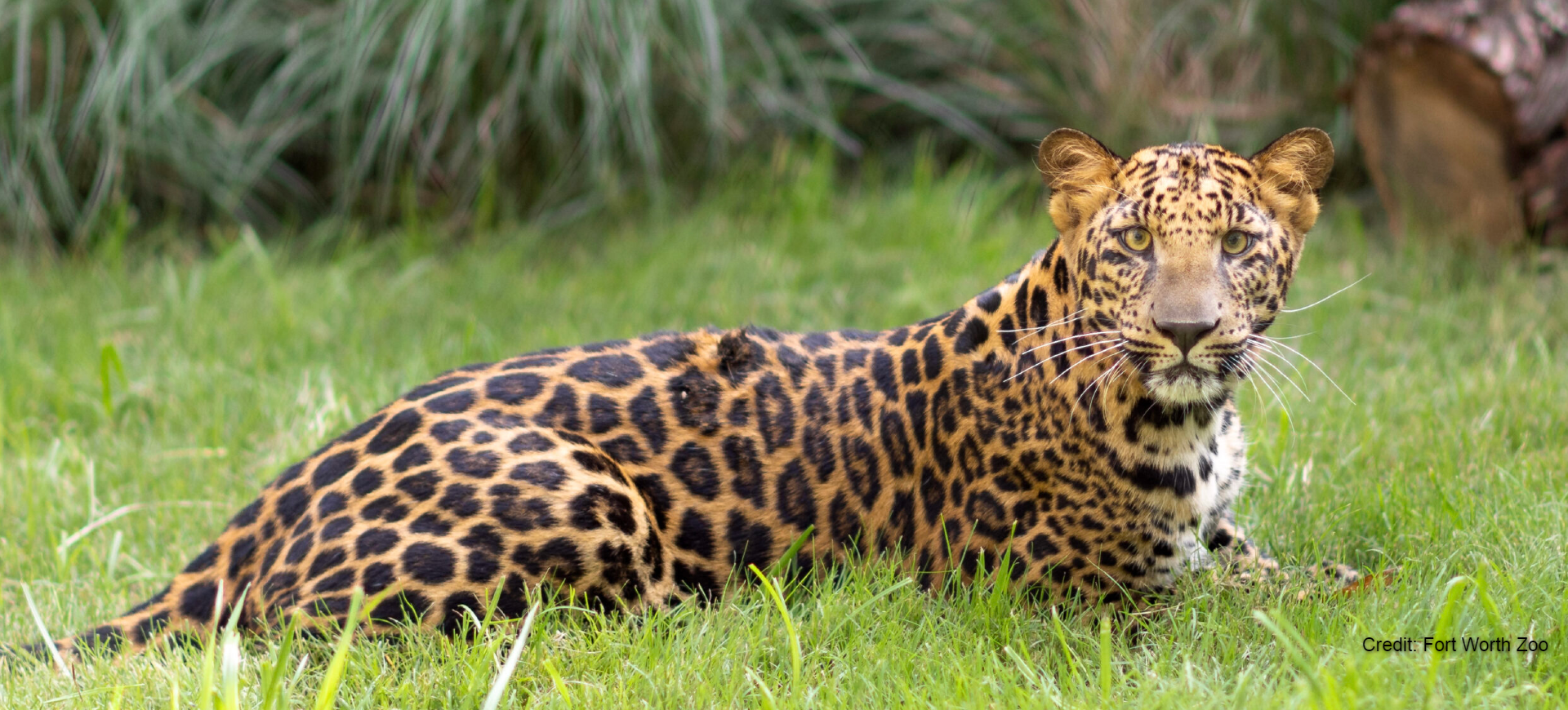
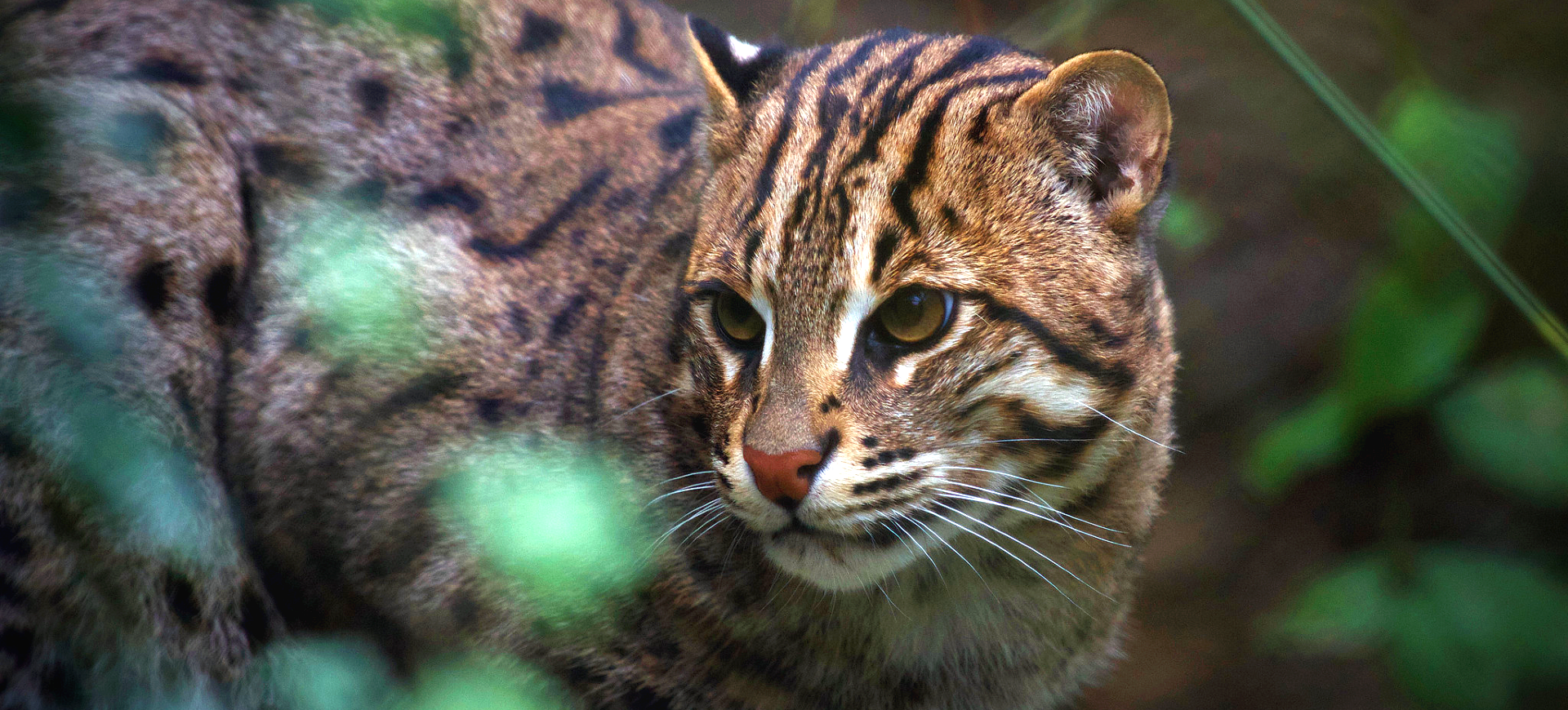





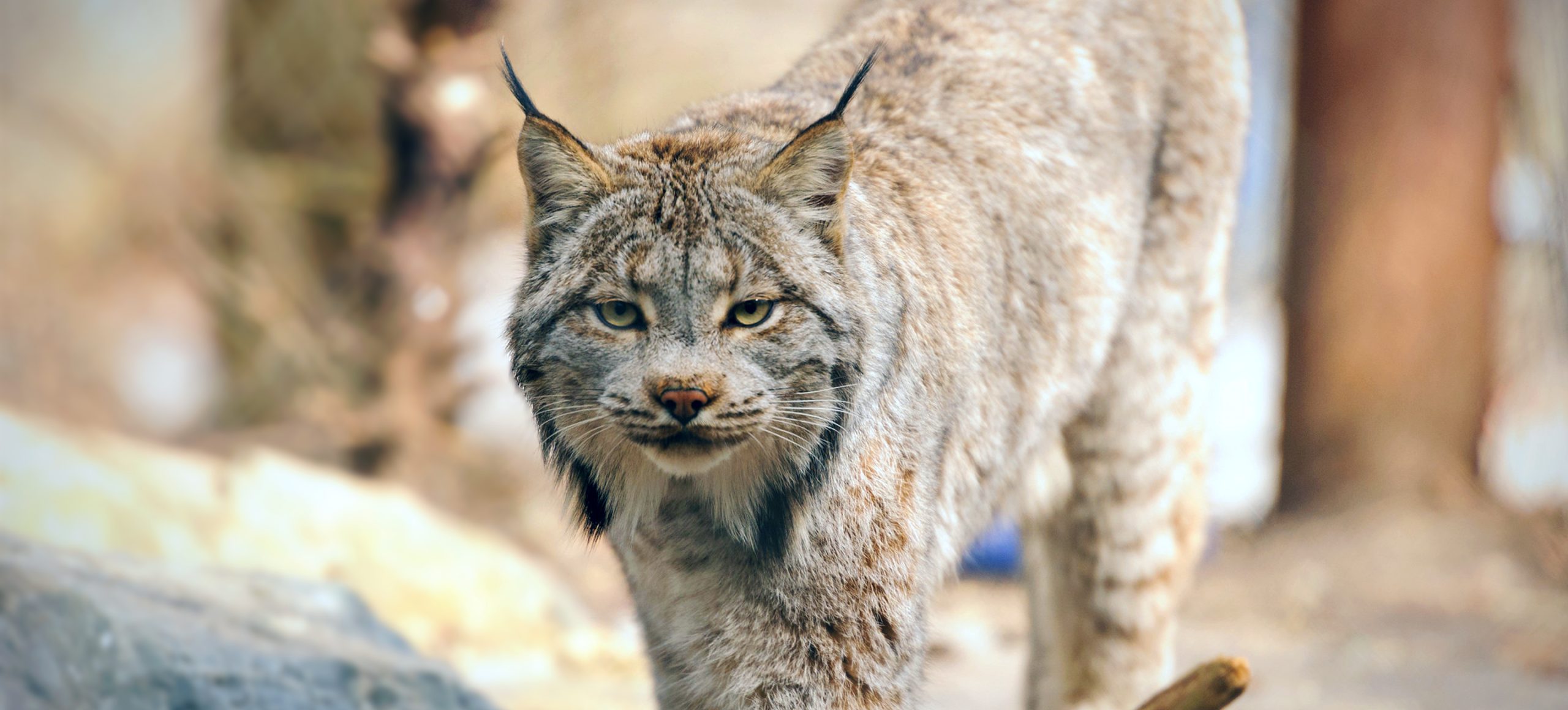



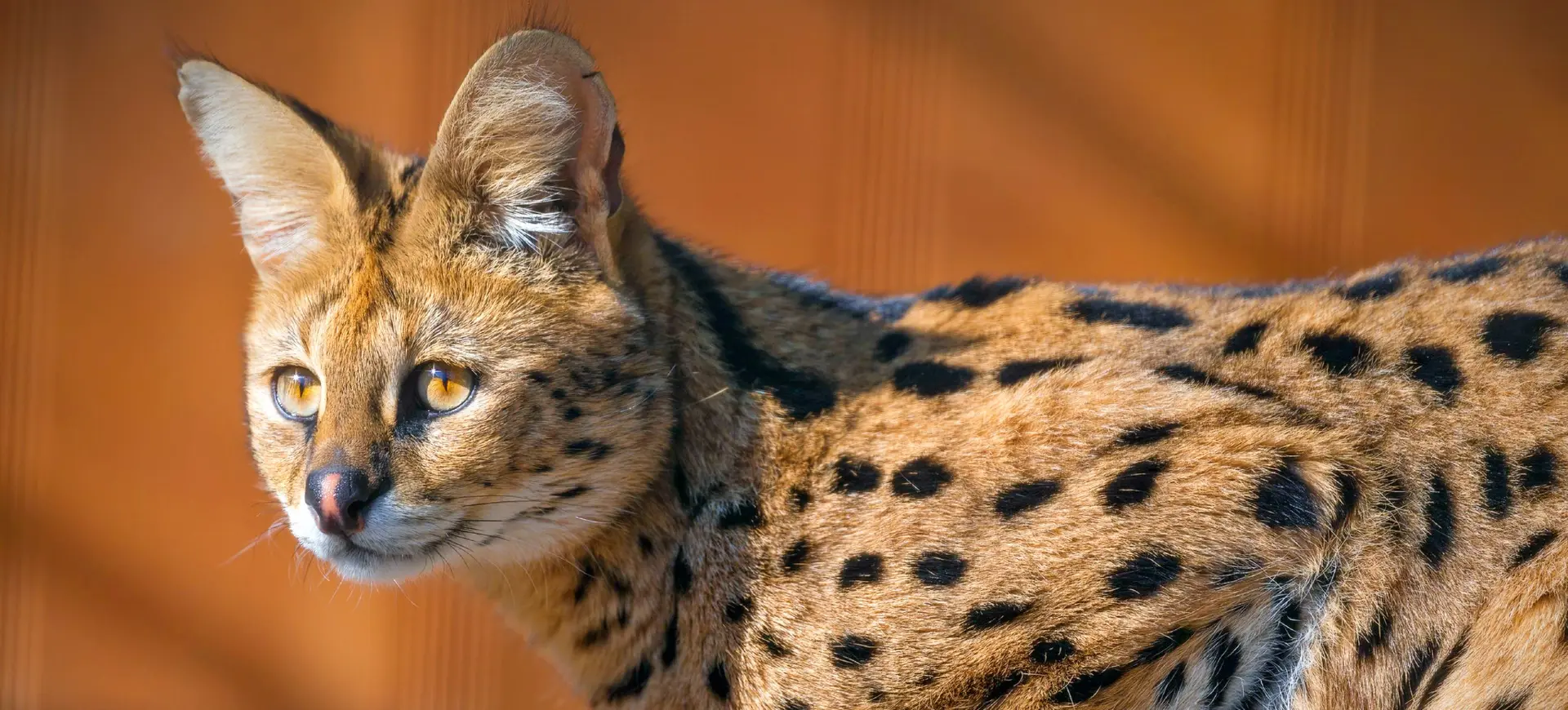
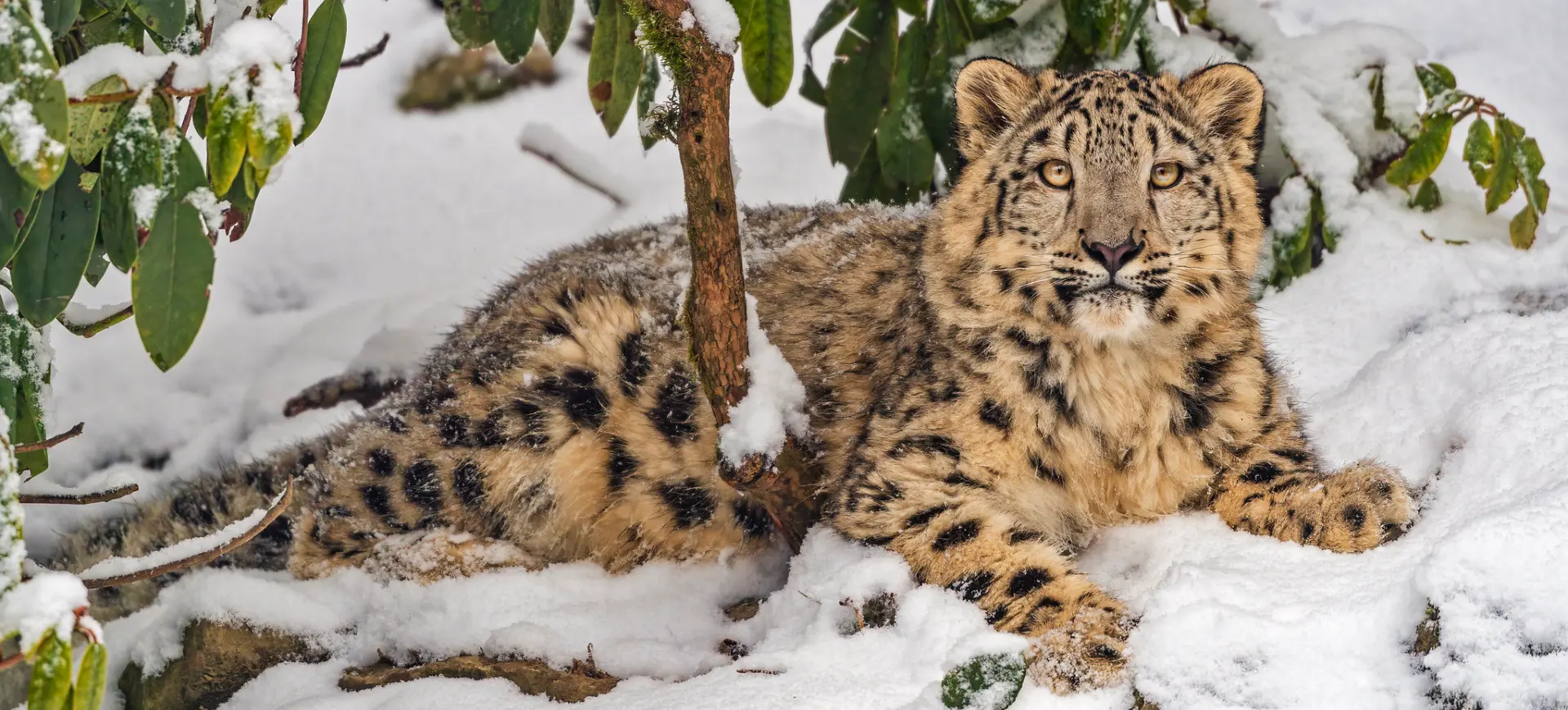
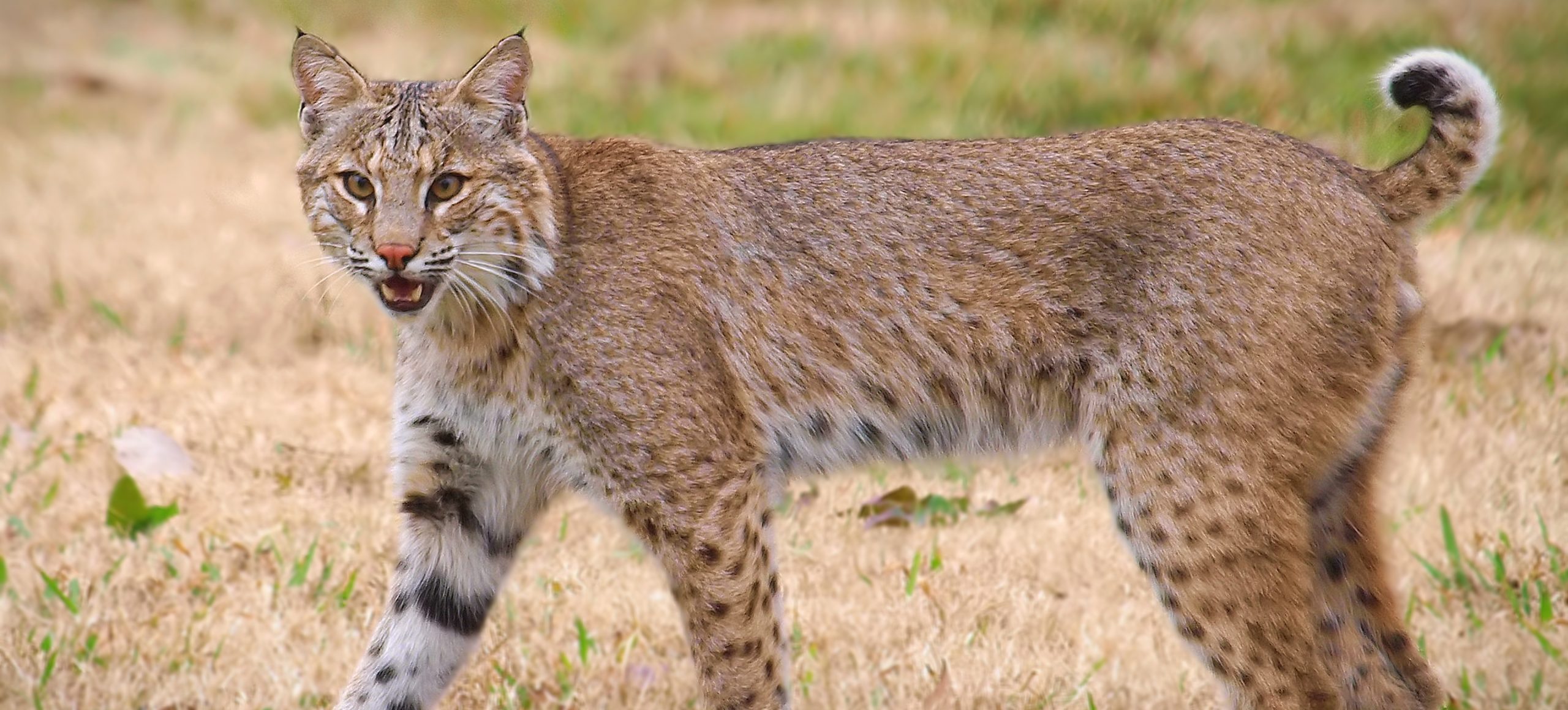
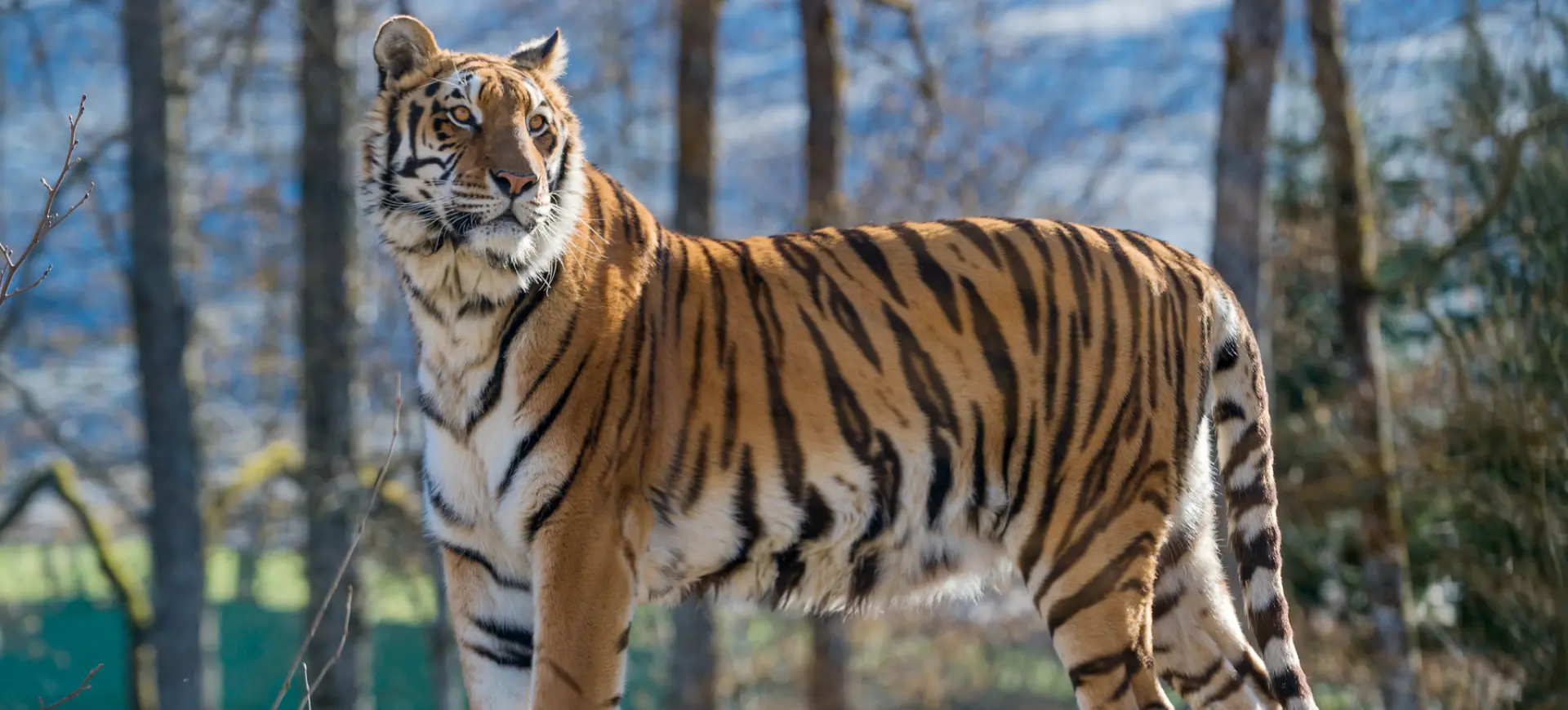


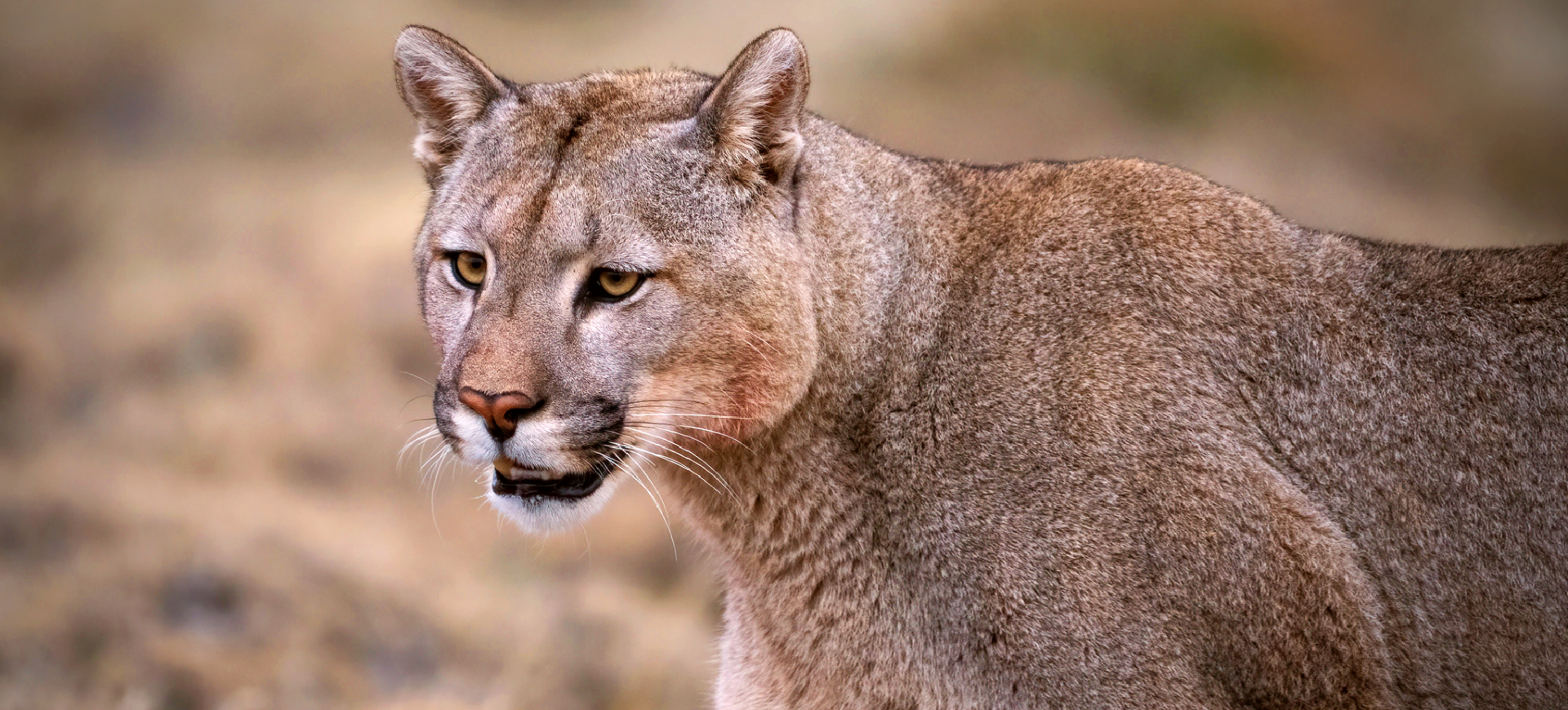

Social Structure Description:
Cheetahs have a unique social structure compared to other big cats. Females are solitary, except when raising cubs, while males live in small groups called coalitions. These coalitions are typically made up of brothers from the same litter who live and hunt together for life.
Groups:
Coalition